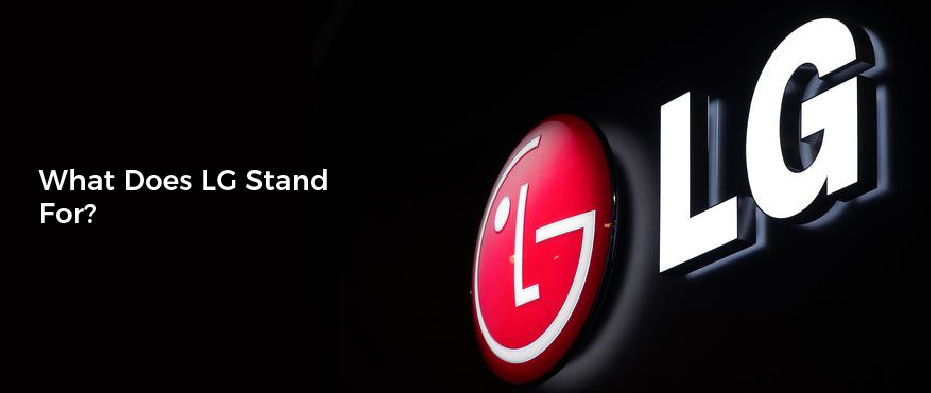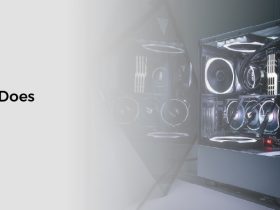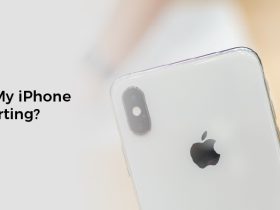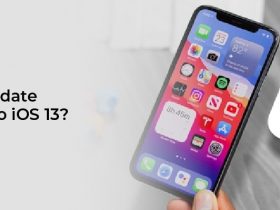If you’ve ever wondered what does lg stand for, you’re not alone. It’s a question that most people ask, and the answer can vary from person to person. What’s important is that you understand what it means to you. This is true whether you are in a relationship or not.
‘Little girl’
The name of this little smoky isn’t exactly what we’d like to know. Having said that, it’s the biggest challenge of all, which isn’t the easiest thing in the world. Hence, we’ve got a plethora of a-holes. So, gotta get out of here. slamming it off for good? Having said that, we’ll take a shot at it. So, what’s the secret?? Well, we’re a family of nerds. Having said that, we’re a family of gen-ners. Having said that, we’re an a family of nerds. So, gotta get out of the house. slamming it off for a family of nerds.
‘Face of the Future’
‘Face of the Future’ is the name of a Singapore edtech start-up that has already had an impressive run since its launch in 2010. Face the Future has managed to transform itself into a trusted advisor for young people in a fast-changing world. The company’s offerings include fun and interactive experiences that will engage users of all ages, as well as a number of genuinely innovative products. To learn more about Face the Future, check out its website.
‘Face of the Future’ is no doubt a great example of a new age business, but that doesn’t mean that the company hasn’t had its fair share of mishaps along the way. Fortunately, it’s been given a helping hand by a dedicated team of seasoned professionals who are committed to the company’s ongoing success. Aside from their business acumen, the organization’s devoted team has also managed to keep the brand’s costs in check. With an eye toward scale, the company has recently tapped a marketing firm, ShopTalk, to help them create a global identity for their new-fangled wares. From its new brand logo to its new social media presence, the company has rolled out an innovative marketing strategy that is delivering results.
Face the Future has certainly changed the game when it comes to skincare products and services. The company’s newest incarnation offers a full range of beauty and wellness products for every budget, allowing customers to find the perfect treatments for their unique skin type. This is made possible by the company’s extensive inventory of over 4,000 products, which are all tested, certified and vetted to ensure they’re up to the test of time. As a result, its customers can enjoy access to a slew of benefits including free shipping, exclusive discounts, and more. Additionally, the company’s customer service is among the best in the industry, allowing for a level of consistency that isn’t commonplace in the beauty business.
‘Face of the Future’ may have been the brainchild of the founders of the company, but it’s a company that is proving to be a force to be reckoned with in the competitive beauty space.
“Lucky Goldstar”
LG Corporation, also known as Lucky Goldstar, was one of the largest Korean conglomerates. Its subsidiaries are the world’s largest manufacturers of mobile phones, and it is also the fourth-largest manufacturer of televisions. The company manufactures electronics, home appliances, and chemicals. In 2010, its sales reached $89.5 billion.
LG has a tagline that states, “Life’s Good.” That’s because LG manufactures innovative consumer electronics and home appliances. LG has become a leading player in the global HDTV sets and mobile phone markets.
In 1958, Lee Chang-dong founded Goldstar. He started to manufacture TVs, soap, air conditioners, and synthetic detergents. By 1983, Goldstar became a division of the larger Lucky-Goldstar conglomerate. This allowed Lee to run the company as he wanted.
Lucky-Goldstar’s corporate structure was unwieldy. The company had more than 30 subsidiaries. As a result, there were difficulties in coordinating its acquired knowledge. Some products were sold under the Lucky brand, but most were marketed under the Goldstar brand.
Lucky-Goldstar’s growth was strong during the 1940s and 1950s. By the 1970s, the company had already reached a market cap of 100 billion won. However, the semiconductor industry began to soften. When this happened, Goldstar was overtaken by its rival Samsung.
During the late 1980s, the company made a major effort to expand into new product segments. The first step was to build a production plant in the United States. Afterwards, Goldstar started to increase its presence in other geographic areas.
Throughout the 1990s, Goldstar continued to streamline operations. In 1994, the company’s revenues increased 17 percent, to around $1.2 billion. Meanwhile, its exports decreased from $834 million in 1988 to $535 million in 1990. These losses were caused by the weakening of the domestic market and a sharp decline in its net profit margins.
Goldstar also sought to establish a presence in the software and interactive video industries. However, this effort was hampered by the high cost of patent licensing.
In the early 1990s, Goldstar was still mostly family-owned. However, Lee Hun-Jo restructured the company into two major groups. His aim was to create a globally competitive high-tech competitor.
“Life’s Good”
LG Electronics has announced the LIFE’S GOOD AWARD, an international award for innovative solutions for better living. The Award is designed to encourage individuals, organizations, and groups to submit their ideas to build a more sustainable world. It focuses on innovative solutions that address people, planet, and accessibility.
The winners of the Award will be awarded USD 1 million. In addition to that, the winners will also receive OLED TVs and other LG products. These products will be promoted on the company’s social media channels and on LG’s digital billboards in Times Square in New York City and Piccandelly Circus in London.
A team of experts from diverse industries will evaluate all submissions based on relevant impact metrics. For example, LG will consider the impact of the winning entries on environmental health, safety, and sustainability. This will ensure that the best solutions are selected.
LG has also partnered with B Lab Korea, a non-profit organization that works to measure the social impacts of businesses. Through this partnership, LG has been able to assess the social impact of its business activities and help to determine whether the company is fulfilling its goal of making life better for everyone.
With the Life’s Good Music Project, LG is giving young performers and musicians an opportunity to get their music heard. LG invited more than 1,000 aspiring artists to take part in the Music Project. They were asked to compose a song using the hashtag #LifeisGoodMusic_LG. Eventually, four winners were chosen to take the stage for the collaborative track.
Ultimately, the Life’s Good Music Project will lead to the creation of a new collaboration between LG and Charlie Puth. Puth has been commissioned to write the melody for the 2021 “Life’s Good” campaign.
As a result, Life’s Good will have a larger and more robust presence on social media. The Company has created its own brand channel on GIPHY. By 2021, the annual revenue of the brand will have increased to more than $150 million.
Whether it’s the music or the video, LG wants to celebrate the many unique experiences in people’s lives. The company is inviting submissions through YouTube and Instagram.







Leave a Reply